jbernthold
TPF Noob!
- Joined
- Aug 17, 2014
- Messages
- 3
- Reaction score
- 0
- Location
- United States
- Can others edit my Photos
- Photos NOT OK to edit
I am going to try my best to word this so nobody that answers is confused. I am wanting to start a photography business. I have watch hours upon hours of courses and tutorials with some being on the business side for a photography business. When it comes to pricing, I get somewhat confused about the session fee and the actual prints the client would be buying.
Typically is a session fee separate from the prints you would buy? I have heard in videos about discounting the session fee, offer a free session, etc. because that's where you are making your money is in the prints and not the session fee.
So are a majority of established photographers charging to have the actual photo session (session fee) and then the client pays for a package or a la carte on top of the session? Is the session fee included in a package etc.
I am not trying to get into pricing or anything just more of a structure question I am confused by I guess.
I hope you see where I was going with this and can explain in some detail.
Thanks
Typically is a session fee separate from the prints you would buy? I have heard in videos about discounting the session fee, offer a free session, etc. because that's where you are making your money is in the prints and not the session fee.
So are a majority of established photographers charging to have the actual photo session (session fee) and then the client pays for a package or a la carte on top of the session? Is the session fee included in a package etc.
I am not trying to get into pricing or anything just more of a structure question I am confused by I guess.
I hope you see where I was going with this and can explain in some detail.
Thanks


![[No title]](/data/xfmg/thumbnail/33/33356-9cfc19255e84aab13c903f781a99cf9f.jpg?1619735920)
![[No title]](/data/xfmg/thumbnail/33/33358-426ca644c08fb31a8cc23232f17de8dd.jpg?1619735922)
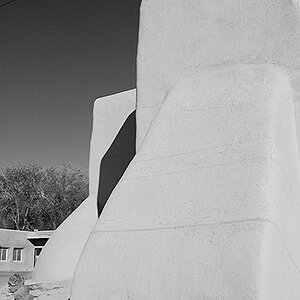
![[No title]](/data/xfmg/thumbnail/37/37605-90c8efaef5b7d1f52d4bf8e7dfd33673.jpg?1619738148)
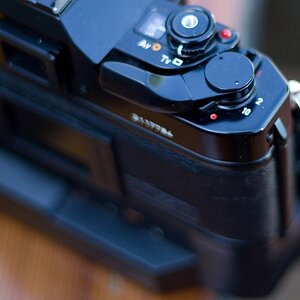
![[No title]](/data/xfmg/thumbnail/41/41755-a922f39cc29ff8f6e66a197508bf99f3.jpg?1619739881)

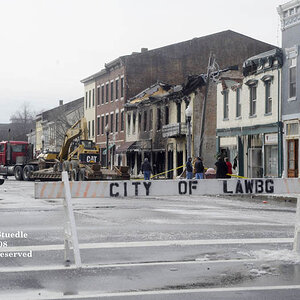
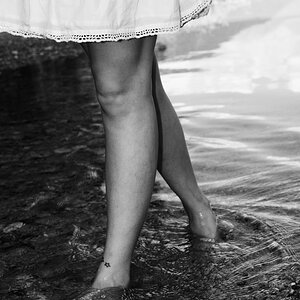
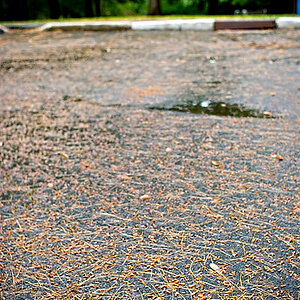
![[No title]](/data/xfmg/thumbnail/35/35668-5ed46d3abc5acbedc69d68e0c3a2173a.jpg?1619737090)
